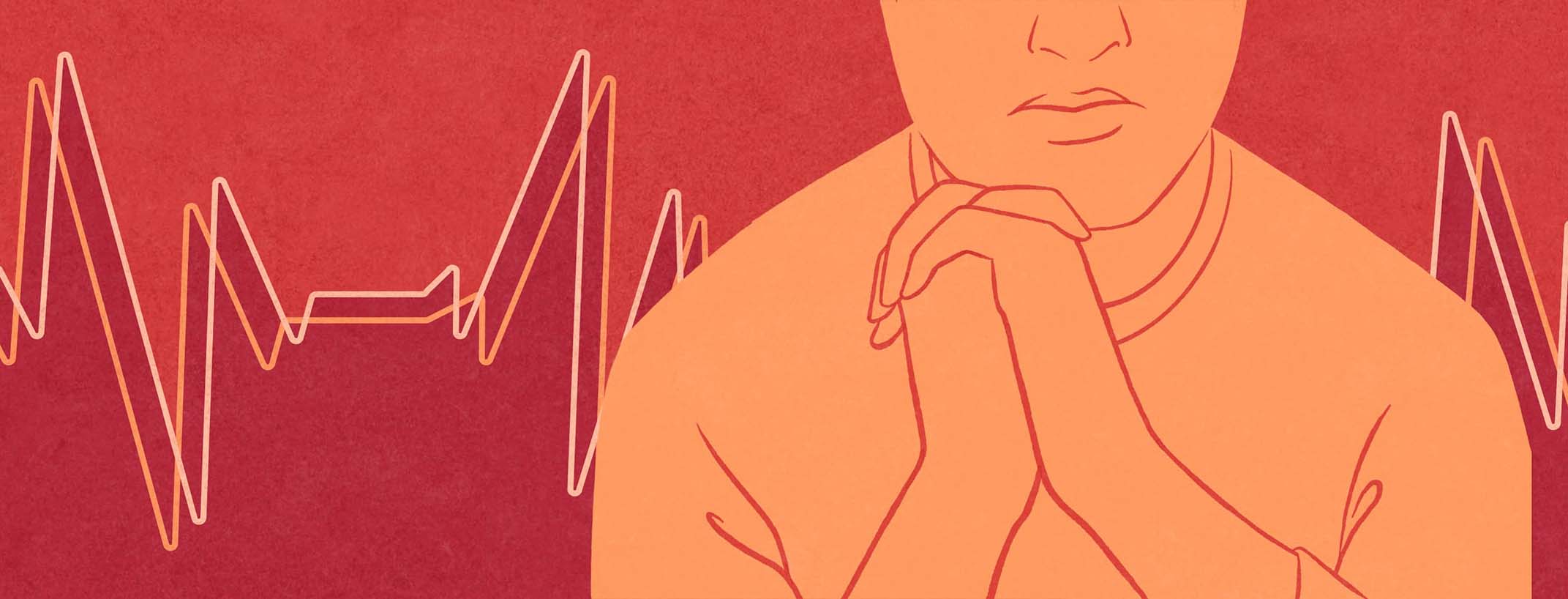In A Pool Of Blood
In case you missed it, check out Part 1 of this series, Complexities of Disease Management and Single Parenting.
At first, I couldn’t really comprehend what was going on but thankfully I didn’t lose my composure. A day after the surgery, we had been to the doctor’s clinic for a bandage dressing; a routine checkup that is scheduled after every incision. As usual, I was made to sit in the waiting room until it was all done.
The damage had already been done
I recall Tina narrating the entire episode to me with much pain and grief in her eyes. On that forlorn day, the surgeon had peeled the Micropore surgical tape off her skin only to be thunderstruck by what he had witnessed. Suddenly, a gush of blood had begun oozing out of her underarm. The doctor’s face had turned pale with fear as he knew that the next few minutes would be a catastrophic disaster.
He realized that he had gone too deep while performing the surgery. The clinic neither had a blood bank nor a hemostatic clamp that could prevent further bleeding. He immediately called for an ambulance, but the main hospital was 3 miles away. The receptionist by then had informed me about the incident. In a matter of seconds Tina was covered in blood. Despite several gauze pads that had been overlapped and taped onto her underarm to pause the outbreak, the bleeding hadn’t stopped.
Another senior surgeon who was present in the room, had intervened. He applied firm pressure to the bleeding sight by pushing the artery against the bone ignoring my daughter’s panic-stricken scream. Luckily, he managed to get the situation under control, but the damage had already been done. Puddles of blood stained the floor. The white bedsheet turned crimson red. Her hemoglobin levels had dropped to 5. I had just borne witness to a ghastly calamity that I had never seen or heard of before.
At the hospital
Maneuvering his way through the evening traffic, the ambulance driver somehow managed to reach the clinic in about 7 minutes. While Tina was being carried into the ambulance on the stretcher, the doctor continued to keep a firm grip over the arteries. I prayed incessantly for a saving grace to protect my child.
At the hospital, she was immediately surrounded by a whole bunch of doctors, nurses, therapists, and technicians. Thankfully, she didn’t belong to a rare blood type. They quickly arranged for one unit of blood for the transfusion. Unfortunately, she had eaten a substantial meal before leaving home which only added to the complexity of the situation. Administering general anesthesia on a full stomach meant that she was at a greater risk of the food getting caught in the lungs. A long tube was inserted into her throat all the way down to the stomach to empty the contents of it.
In the meantime, I was fortunate to have a family member step in to help with billing and other formalities. She was a blessing in disguise and a huge source of strength and support for me. After about 45 minutes, the nurse informed us that Tina was out of danger. With momentary mayhem retreating into memory, I heaved a sigh of relief.

Join the conversation